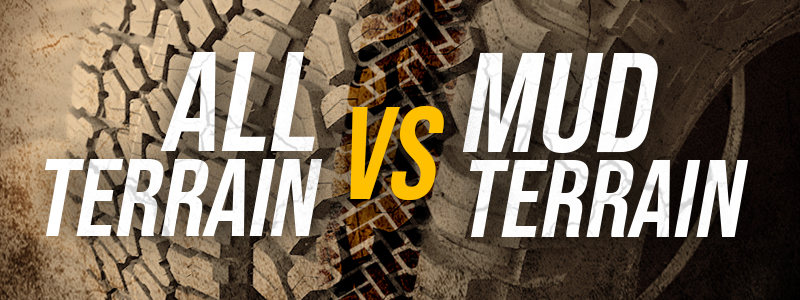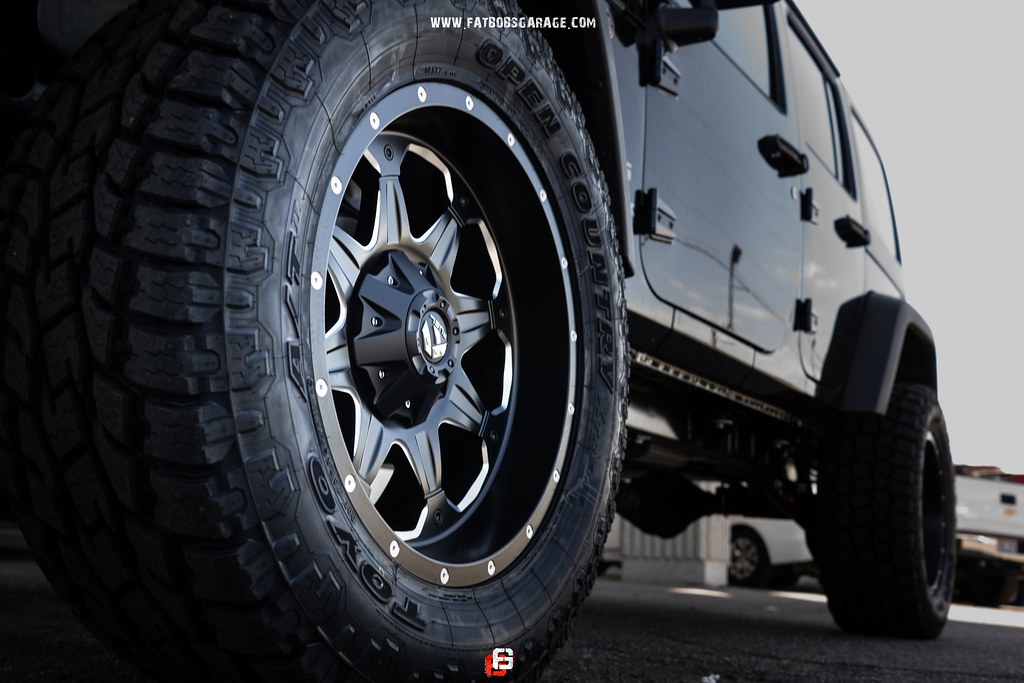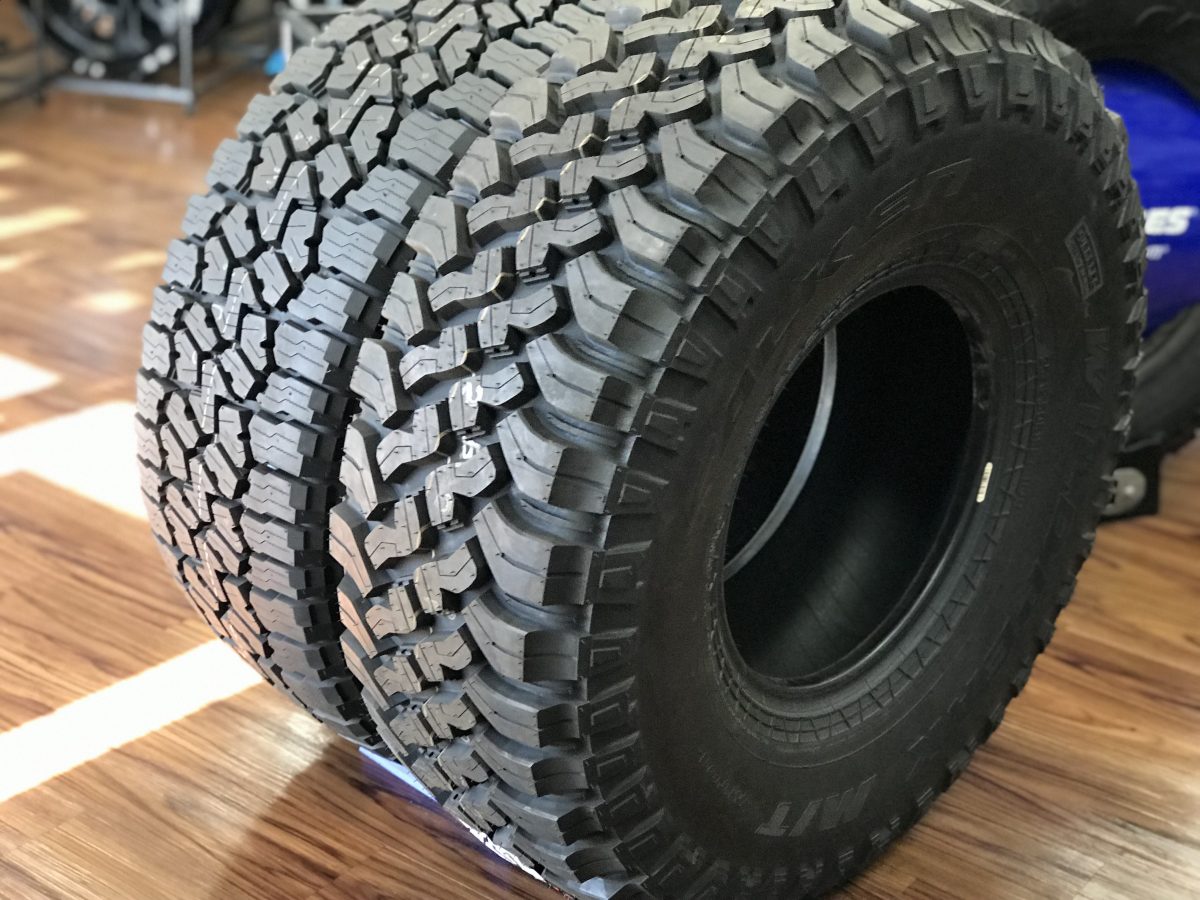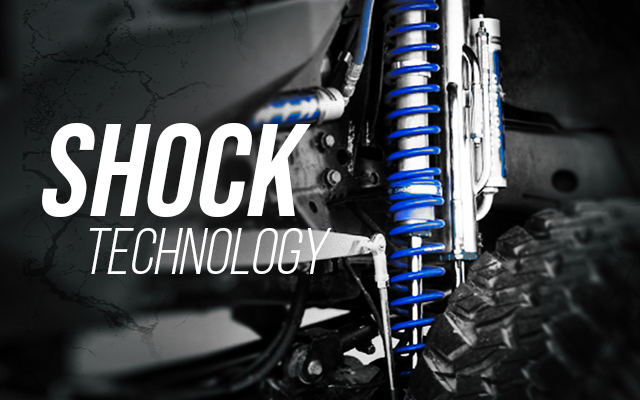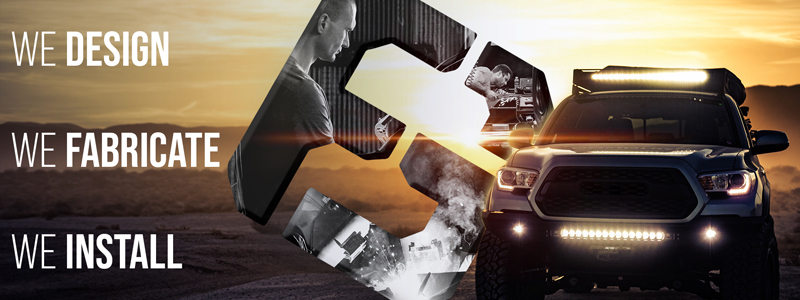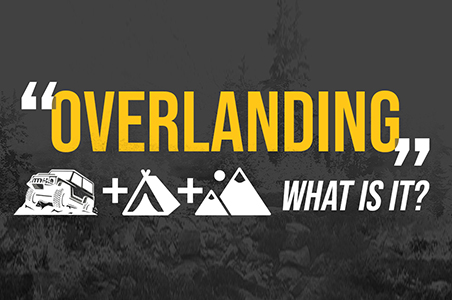All-Terrain vs Mud-Terrain tires

Fat Bob’s Garage Services
September 17, 2019
Shock Absorber Technology
October 30, 2019It’s all about tires, All-Terrain vs Mud-Terrain tires that is. In today’s blog we’ll be focusing on and discussing the difference between All-Terrain vs Mud-Terrain tires… which tire is right for your needs? To figure this out, first we’ll start off with the pros and cons of each tire. Then we will move into some more technical aspects.
Both are very capable but were designed and manufactured for slightly different purposes and terrains, as the names suggest.
All-Terrain Tires:
Best suited for a mix of on-road and off-road driving.
Pros:
- Quieter ride while on pavement compared to Mud-Terrains
- Better performance while braking and cornering
- More even wear during lifetime of tire
- Better MPG due to footprint
Cons:
- Slippery when in thick mud or clay
- Decreased performance over branches and other obstacles that may be in the mud
Popular All-Terrain Tires:
- TOYO Open Country A/T II
- Nitto Terra Grapplers
- Falken Wildpeak A/T3W
Mud-Terrain Tires:
Best suited for off-roading, specifically on jagged rocks, loose soil, sand and mud.
Pros:
- Best grip for mud, clay and sand
- Aggressive tread patterns enhance look of vehicle
Cons:
- Loud on-road
- Harsher ride
- Hinders stopping and cornering performance
- Shorter tread life
Popular Mud-Terrain Tires:
- TOYO Open Country M/T
- Nitto Mud Grapplers
- Falken Wildpeak M/T
Tread Grooves:
Tread grooves are self-explanatory, the grooves between the tread. Large voids are very useful for when you are in a sticky mud or clay situation, they allow for the tire to clear debris as it spins using centripetal force.
Siping:
Siping is the process by which hundreds or thousands of additional tiny lines are cut into the tread blocks to increase traction on wet and icy conditions. A lot of tires already come with factory siping, however, most M/T tires have no siping.
There is some debate online as to whether or not this is beneficial for your tires overall. It could lead to increased tire wear as well as poorer performance in dry conditions.
Our thoughts: If it’s not broke… don’t fix it. There’s a reason why tire manufacturers spend money and time in Research and Development. If the tire doesn’t fit your needs, find one that does. If you need help, we’re here for you.
Load Range:
For light truck tires we have the following Load Range options: B, C, D, E & F.
- Load Range B has a 4 Ply Rating with a maximum load pressure of 35PSI
- Load Range C has a 6 Ply Rating with a maximum load pressure of 50PSI
- Load Range D has a 8 Ply Rating with a maximum load pressure of 65PSI
- Load Range E has a 10 Ply Rating with a maximum load pressure of 80PSI
- Load Range F has a 12 Ply Rating with a maximum load pressure of 95PSI
When selecting your tire, keep in mind these load ranges as they will affect your towing capabilities as well as your ride quality. The higher the Ply Rating the firmer and more unforgiving your ride will be. As a note, Ply Rating does not equal the number of layers, this is simply a historical reference that has stuck around today. However, it does signify the amount of load a tire is able to handle.
Which tire is right for me?
The answer to this one is a quagmire… on one side we pick out the right tire for the type of driving we do; on the other side we have the cool factor. After all, our cars and trucks are a representation of ourselves. Whichever side of the fence you’re on, if you’re stuck on making the right decision, give us a call at 801-395-2134 and we’ll help you make the right decision.

